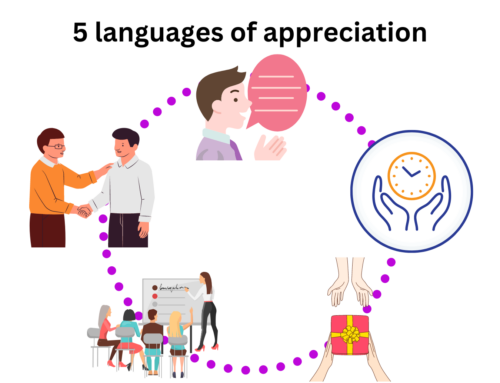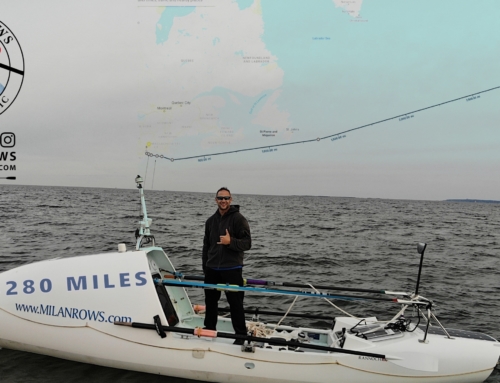“I’m feeling frustrated.”
Many clients come to me feeling frustrated. So let’s look at what frustration is and how to deal with it.
WHAT IS FRUSTRATION?
Frustration is the emotion we feel when we fail to achieve our goal. We feel frustrated when something is not as we would like it to be. The more important the goal was, the more frustration we feel.
would like it to be. The more important the goal was, the more frustration we feel.
You thought, for example, that at 40 you would have a successful business, a house in front of the beach and two children. You are approaching forty and you have a job that you don’t enjoy, you don’t even have a partner, and you live in a small apartment in the city. This would be an example of a larger life frustration. However, we can encounter minor frustrations every day. Many parents are frustrated on a daily basis because they expect a certain behavior from their children, and they behave completely differently. Feelings of helplessness quite often come with frustration.
I recently watched a lecture by Dr. Gordon Neufeld, an American professor, who presented the Traffic Circle Model. In his model, frustration leads to three outcomes: change, adaptation, or aggression.
Emotions have a very important function. In Latin they are called motus, which means movement. As the word suggests, the function of emotions is to get us moving. Negative emotions tell us that something is wrong and that something needs to be done about it before it’s too late. There are two options. The first is CHANGE, either of the outside world or of our behavior. The second option is ADAPTATION, when we cannot change the external world, we have to change the internal one, the way we perceive the world and adapt.
HOW TO WORK WITH FRUSTRATION?
So what should we do to help frustration fulfill its function?
- The first step we need to take is to admit that we are frustrated and allow ourselves to feel SAD. “I understand. I’m frustrated. I can’t go on like this.” And that’s the truth. Frustration is not a disease, it wants to tell us that something is wrong. Only when we allow ourselves to be sad can we move. If we don’t allow ourselves to be sad, there is a high chance that we will lash out. “I’m sorry I don’t have a job that brings me joy.” “I’m sorry I don’t have a partner.” “I’m sorry my daughter screams.”
- The second step, after we have allowed ourselves to feel sad, is to rationally analyze the situation. WHAT CAN I CHANGE? How can I change the outside world and how can I change my behavior? Coaching is an excellent tool for this step, it will help identify points for improvement, set goals, create an action plan to achieve these goals step by step and start moving. I’m not happy at work, so I can start looking for another one. I always wanted to run a business. So what do I need to start the business? What can I do to stop my child from yelling at me again?
- The third step is to realize: WHAT CAN I NOT CHANGE AND MUST ACCEPT? We are not omnipotent, there are things in life that we have no control over and we just have to accept them as they are. The fact that someone close to us died and we wanted them to see our children grow up and they don’t is something we can’t change. We have to accept it. The fact that our partner decided to cheat on us is beyond our control, it was their decision. The fact that our boss doesn’t treat us nicely is his behavior, which I can’t influence either. The more we try to change something we cannot change, the more frustrated we become. Accepting that we are not omnipotent, and that there are simply things we cannot change and just have to accept, is one of the hardest things to do in self-development, but we will talk more about that in another article.
But what happens when we don’t admit that we’re frustrated, don’t allow ourselves to feel sad, and thus don’t make the appropriate changes or don’t accept what we can’t change? Think of the energy of this emotion as a volcano that is contained and will eventually erupt. It will bubble up inside of us for so long that we finally ATTACK. This suppressed energy turns into sarcasm, aggressive gestures, shouting, unpleasant voice, retorts, impatience, anger, cursing, physical assault, or even in extreme cases suicidal thoughts.
The world has changed a lot lately and it pressures us to be happy 24/7 and if we’re not, we’re weird. Social media creates the illusion that everyone is happy and content, having the life they wanted, but not me. “Everyone has achieved their goals but not me.” And even if you consciously know that this is not true, it still subconsciously affects you and creates a certain frustration. Just recently I had a lady reach out to me saying she has an anxiety crisis, if you look at her Instagram she looks like the happiest person in the world.
There is nothing worse than suppressing feelings of frustration or blaming yourself. We can no longer change the past, what we can change is our future so that in another ten years we don’t wake up again with the frustration that we are not where we wanted to be.
If you feel frustrated, definitely contact me, I will be happy to help you with this. You can schedule a free online coaching session here.
I highly recommend watching the 20-minute lecture Neufeld’s Traffic Circle Model of Frustration and the panel discussion after the lecture.
Author of the article: Pavla Belostikova, MSc, certified coach and expert on decision making a positive psychology.




